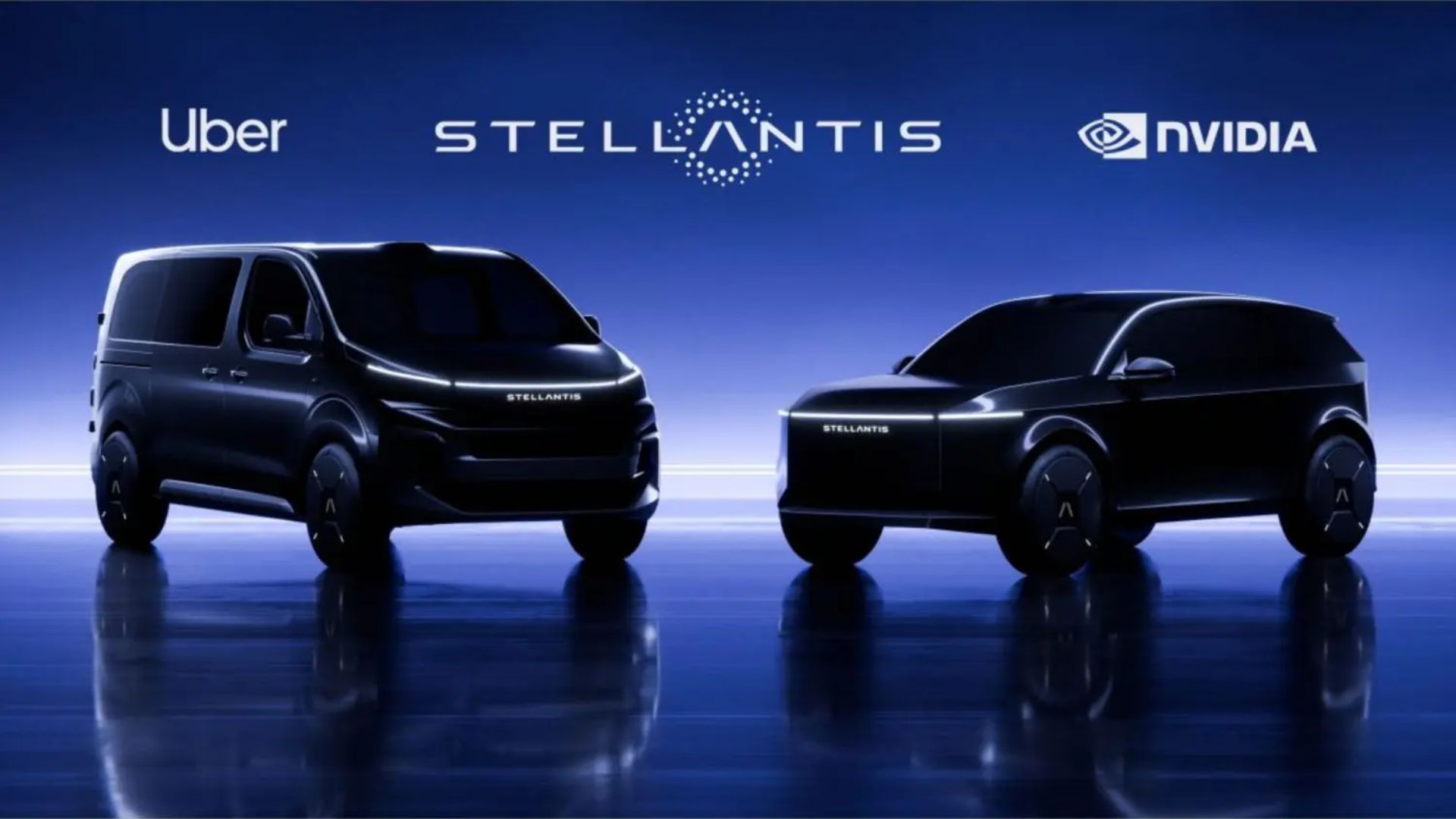Stellantis just revved up the race toward driverless transport, teaming up with tech juggernauts NVIDIA, Uber, and Foxconn in a high-stakes alliance. This isn’t just another corporate handshake; it’s a full-throttle push to fast-track Level 4 self-driving machines, tailor-made for robotaxis.
Caffeine and Octane Lanier Raceway in Georgia Has Officially Been Sold
At the heart of the deal? Stellantis’ AV-Ready Platforms, like the K0 Medium Van and STLA Small setup, which will run on NVIDIA’s souped-up DRIVE AGX Hyperion 10 platform—complete with failsafe software for hands-free cruising and parking. Foxconn is on deck to tighten up hardware and assembly, smoothing the path from blueprint to production line. Meanwhile, Uber’s got its eye on operations, ready to flood U.S. streets with 5,000 of these robo-chauffeurs by 2028 before going global.
Why does this matter? These ain’t your granddad’s minivans. Packed with sensor arrays, redundant systems, and computing firepower, they’re built to be safe, scalable, and stupidly efficient—slashing costs for fleet operators while keeping passengers from white-knuckling the backseat.
The move dovetails with Stellantis’ earlier hookup with Pony.ai in Europe, doubling down on autonomy across continents. The ink’s barely dry on a non-binding memo outlining shared R&D goals, but nobody’s tying anyone down here; these players are free to dance with other partners if the beat drops elsewhere.
Bottom line? With automotive muscle meets AI brains and Uber’s street smarts, this coalition is gunning to redefine how we ride, kicking human driving to the curb before you can say “autopilot.”
